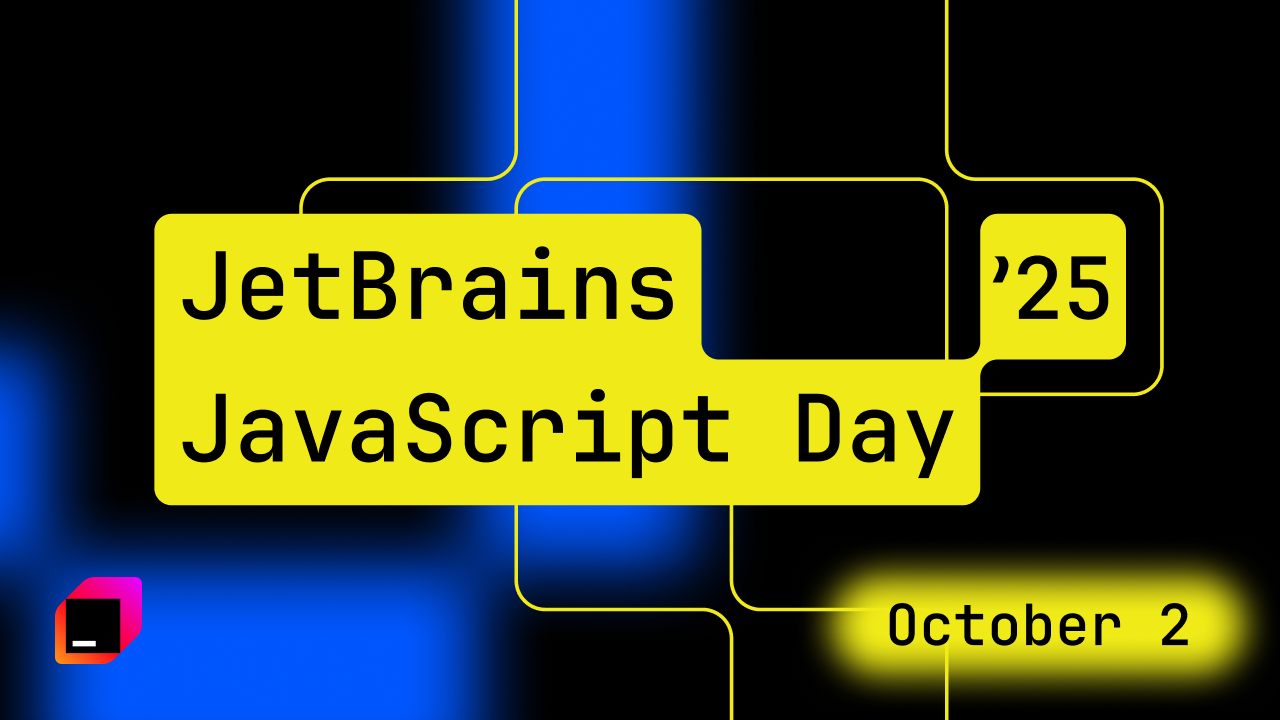What’s Next: WebStorm 2020.1 Roadmap
The end of the year kept us pretty busy: we released WebStorm’s third major update in 2019, published the first bug-fix update for it, and came to terms with the roadmap for v2020.1.
We’re now ready to share our plans for the upcoming release, which is scheduled for the beginning of April 2020. First of all, we’ll continue to optimize performance in order to make WebStorm more lightweight. Second, we’ll add some new functionality and enhance support for frameworks and commonly used tools like Prettier to help you work with them more efficiently. Let’s take a closer look at what exactly we’re going to focus on.
Making WebStorm more lightweight
Until we released v2019.3, a common performance problem WebStorm users faced had been its sluggish startup. In 2019, we’ve introduced a number of architectural changes that have significantly reduced the startup times. We’ll keep optimizing this part of the IDE.
Besides that, we plan to lay some groundwork that will make indexing less disruptive to let you perform more actions while the indexing is still in progress.
We also want to ease the process of installing and updating plugins so that you can manage them without restarting the IDE. In WebStorm 2019.3, this already works for most theme and keymap plugins. In the next release cycle, we’ll try to extend this support to other types of plugins.
If you want to learn more about the planned performance improvements, you can take a look at the blog post which unveiled the IntelliJ Platform roadmap. Everything described in that post applies to WebStorm as well.
Helping you get more out of the supported technologies
We’re going to make WebStorm more helpful for working with the technologies it supports. We’ve started experimenting with code completion powered by machine learning for JavaScript and TypeScript. This will allow WebStorm to deliver more accurate completion suggestions and thus make it easier for you to write quality code faster. Check back to this blog next year for progress reports on this.
You can expect WebStorm 2020.1 to add support for some new JavaScript and TypeScript features, as usual, as well as improve its framework support. For the frameworks, we plan to get WebStorm to better understand the projects using some popular libraries, such as React Redux and Vuex. Plus, we’ll improve the quick documentation shown for Angular and React components, just like we did for Vue.js in WebStorm 2019.3.
We also plan to streamline the process of working with Prettier and ESLint by adding options to run them on save and to set Prettier as the default formatter. Being an integral part of daily workflows for many developers, these tools have become a de-facto standard for JavaScript code style. This is why we want to ensure that you can work with them as seamlessly as possible – without spending any extra effort on setting Prettier as the default formatter via a file watcher or installing third-party plugins, as it has to be done now.
Finally, we have some housekeeping activities planned for the upcoming release cycle. In particular, we’ll review the existing JavaScript inspections in order to decrease the number of irrelevant warnings you might get from WebStorm every so often. Plus, we’ll deprecate support for some rarely used technologies and tools, such as Compass, old JavaScript versions, and the UI for installing npm packages in Preferences/Settings | Languages and Frameworks | Node.js and npm, JSCS, Bower. This doesn’t mean you will lose the support for these technologies; it just won’t be there out of the box but will stay available via plugins.
That’s about it. Of course, our roadmap is subject to change, but the overall direction will stay the same. Stay tuned for the upcoming start of the Early Access Program for 2020.1!
The WebStorm Team
Subscribe to WebStorm Blog updates







